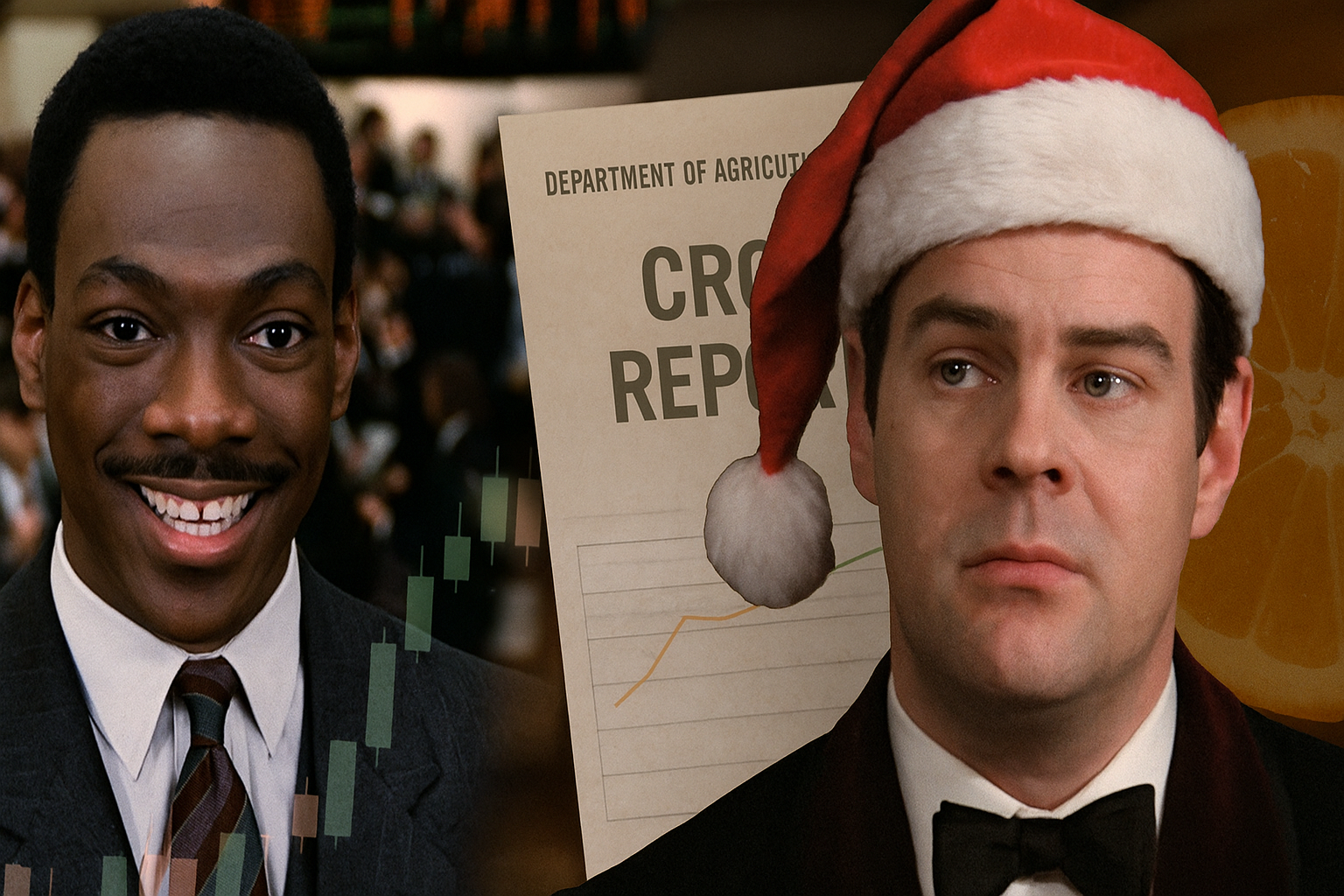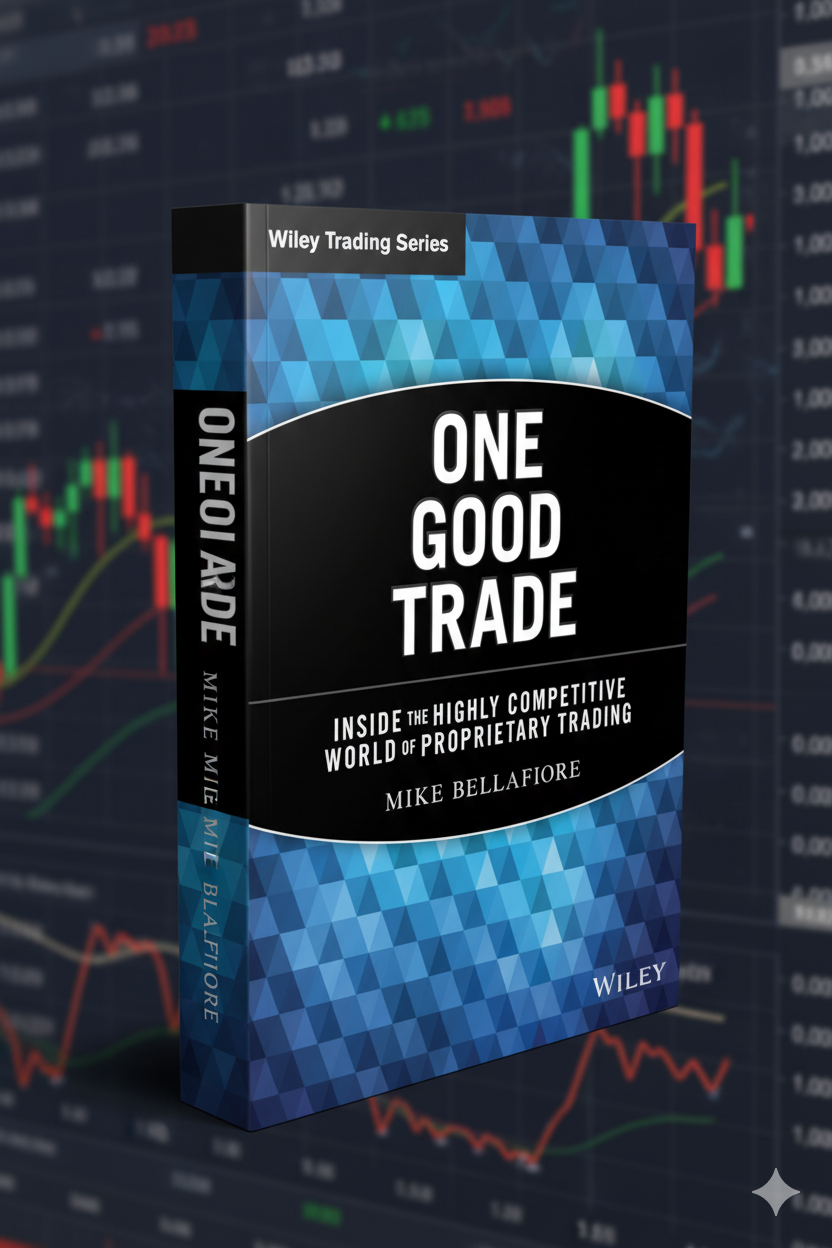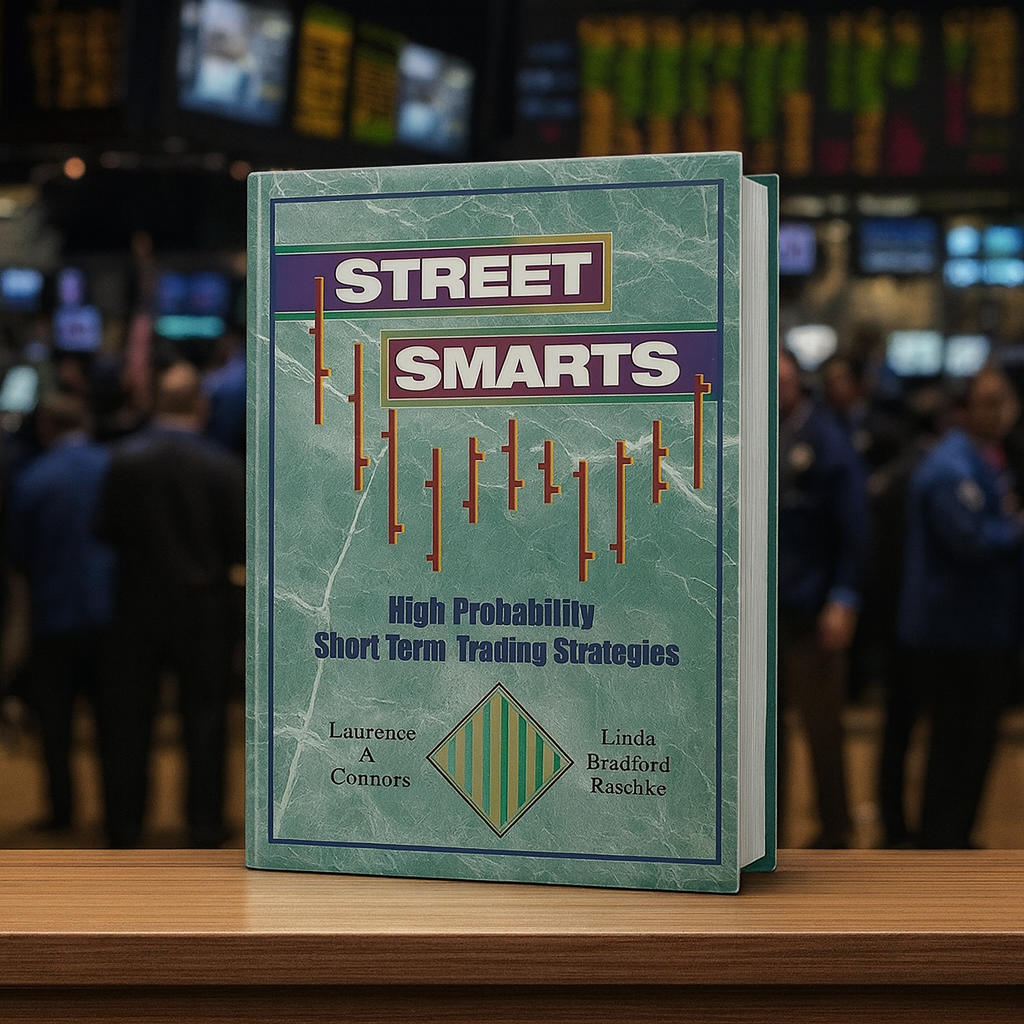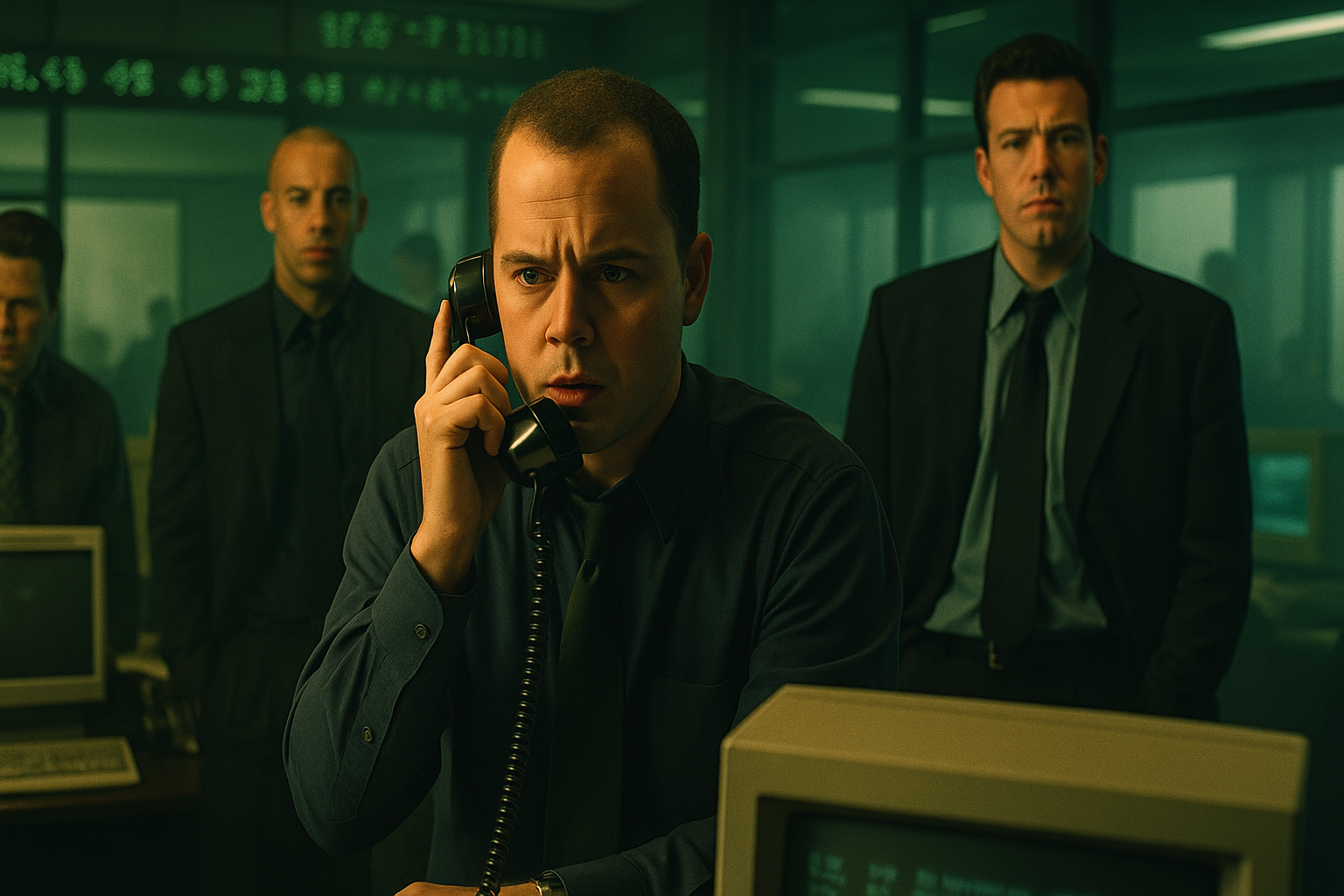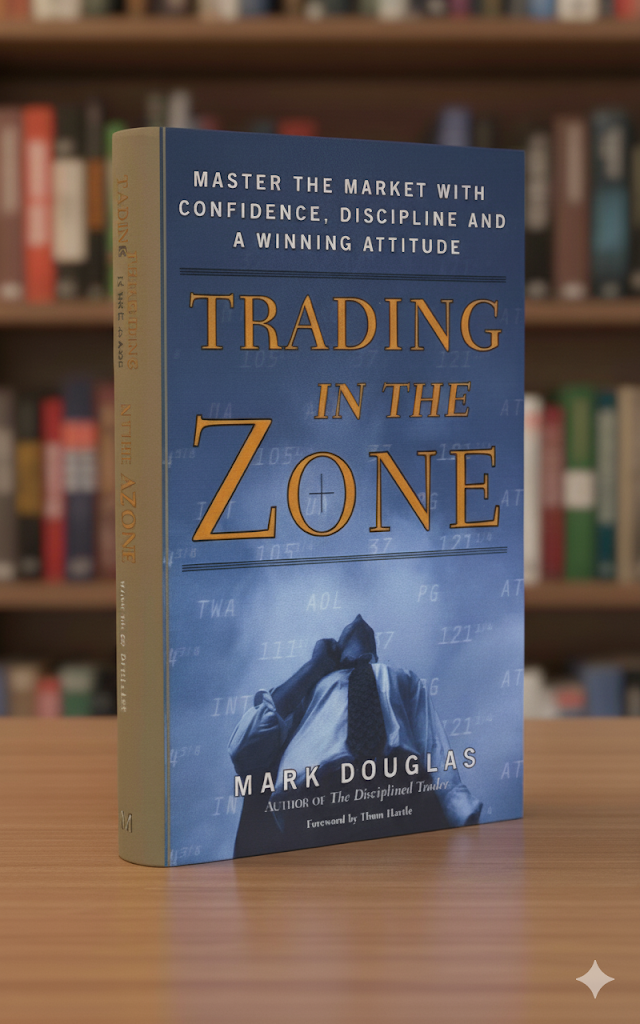Trading Places review: this analysis shows how the FCOJ futures gambit illustrates information asymmetry, sizing, and margin risk. Gain clear takeaways on trading news-driven volatility and maintaining discipline around catalysts without the hype—see how these lessons apply today.
John Landis’s 1983 comedy “Trading Places” is a fish-out-of-water caper with a merciless streak. Two Philadelphia commodities moguls, Randolph and Mortimer Duke (Ralph Bellamy and Don Ameche), wager they can prove nature over nurture by swapping the lives of their pampered protégé, Louis Winthorpe III (Dan Aykroyd), and a street-smart hustler, Billy Ray Valentine (Eddie Murphy). The Dukes orchestrate Winthorpe’s ruin and elevate Valentine to run their brokerage. Both men adapt: Valentine learns the rhythms of the trading floor; Winthorpe confronts poverty, then plots revenge with the help of kind-eyed prostitute Ophelia (Jamie Lee Curtis) and unflappable butler Coleman (Denholm Elliott).
The third act turns on a classic market setup. The Dukes plan to corner frozen concentrated orange juice (FCOJ) futures by trading on a stolen Department of Agriculture crop report. Our protagonists intercept the report, confirm the harvest is normal (not disastrous), and execute a textbook bear trade: sell high into rumor-fueled euphoria, then buy back after the truth hits the tape. Prices collapse; the Dukes—levered long—are wiped out by margin calls. Winthorpe and Valentine close out rich, settle scores, and decamp to an island with their confederates. The ending is broad comedy, but the mechanism—information asymmetry, leverage, and timing—tracks with real trading dynamics.
Cinematic Qualities
The performances carry the film. Murphy’s charm and comic precision turn a didactic premise into buoyant character work; Aykroyd, playing a priggish blue-blood, finds pathos under the privilege. Curtis and Elliott provide ballast, making the plotting feel less like a cartoon. Landis directs with zip: the office scenes and pit sequences are cut for clarity, and the holiday-party chaos has a cruel sparkle. Production values are sturdy 1980s studio fare—handsome locations, lived-in brokerage sets, and a convincingly frantic trading floor.
Pacing is brisk until the contrived train sequence (with an ill-judged blackface gag) undercuts the film’s otherwise sharp tone. Some jokes have aged poorly, and the satire can flatten into caricature. Still, as a piece of entertainment, it remains nimble and coherent even when the plot is screaming toward farce.
Trader’s Lens
Core Concepts
- Information asymmetry and misappropriation: The stolen crop report is the engine. The Dukes attempt to monetize nonpublic government information; our heroes beat them by reversing the informational edge.
- Futures mechanics: The climax showcases going short by selling contracts first, using margin, and profiting as prices fall. It also shows how limit moves and liquidity evaporate around news, amplifying slippage and panic.
- Leverage and margin: The Dukes’ downfall is over-exposure. When the report hits and price gaps down, mark-to-market losses trigger margin calls they can’t meet.
- Speculation vs. hedging: No one on screen is hedging orange juice production. This is pure directional speculation—useful for narrative clarity and a reminder that speculative flows can overwhelm fundamentals temporarily.
Lessons for Traders
- Trade the tape, not the story. Rumor-driven bids pushed FCOJ higher into the open. Valentine and Winthorpe sell into strength, then cover when the report confirms normal supply. They trade the reaction function around information, not a grand thesis about oranges.
- Edge must be lawful and durable. A one-off informational edge can pay, but it’s fragile and often illegal. The film turns on a caper, not a repeatable strategy. Professionals should build process-based edges—execution, research, risk frameworks—that compound over time.
- Position sizing is survival. The Dukes are long too much, too concentrated, into a binary event. When the coin lands against them, there’s no cushion. The lesson: size for a world where you can be wrong and gapped.
- News events demand discipline. Volatility around scheduled releases (like USDA reports) is both opportunity and machete. Pre-set levels, contingency plans, and respect for liquidity conditions are non-negotiable.
- Team dynamics matter. The revenge plot works because each role is defined: intel, execution, distraction. In real trading, clarity of roles—research, risk, execution—reduces error under stress.
Accuracy vs. Dramatization
- Accurate enough: The depiction of open-outcry pits—the noise, hand signals, and chaotic price discovery—rings true. The idea that a government crop report can whipsaw commodity prices is spot-on; agricultural markets live and die by supply surprises.
- Compressed for effect: The film telescopes order routing, clearing, and how quickly positions of that size could be built and unwound amid a stampede. Slippage and partial fills would likely be uglier than shown.
- Legal framing: The movie predates modern enforcement around trading on misappropriated government information. In later years, regulators informally dubbed anti-misuse provisions the “Eddie Murphy Rule,” reflecting exactly the scheme portrayed. The spirit of the law—don’t trade on stolen government data—aligns with the movie’s moral logic even if the screenplay simplifies the statute book.
Psychology & Culture
“Trading Places” is a comedy with a cold heart. Its richest observations are about incentives and class, not balance sheets. Executives and traders are portrayed as status-driven opportunists shaped by their environment. Strip Winthorpe of privilege and he crowdsources survival; elevate Valentine and he learns to channel street pattern-recognition into market acumen. The Dukes, meanwhile, are pure expected value stripped of ethics—reducing human lives to a $1 bet. That wager is the film’s core indictment: institutions often rationalize harm when it can be priced and externalized.
Under pressure, the film shows two coping models. The Dukes double-down and rationalize; they “know” the crop will be bad and buy more at the top—a classic blend of confirmation bias and escalation of commitment. Valentine and Winthorpe, once aligned, demonstrate adaptive discipline: they wait for the report, execute, and cover—no victory-lap greed that would turn a win into a give-back. It’s a cartoon, but the psychology tracks.
Culturally, the movie captures the 1980s’ faith in financial alchemy—money made from money—as well as its blind spots. The rough edges (stereotypes, mean-spirited gags) mirror a decade when Wall Street swagger outran social sensitivity. For traders, it’s a reminder: sharp analysis can coexist with ethical myopia unless values are explicit in the process.
Audience Fit
- Retail traders and crypto natives: Useful primer in how events move markets and why leverage kills. The pit setting may feel antique, but the microstructure lesson—vol around catalysts—applies to modern order books.
- Finance students: A lively case study in information, incentives, and market microstructure. Pair it with a reading on futures margining and event risk.
- Industry insiders: The nostalgia of open-outcry and the satire of brokerage culture land, though the simplifications will be obvious.
- General audiences: Still an accessible comedy of manners. The finance is digestible without a textbook.
Verdict / Rating
8.2 / 10.
Trader takeaway: “Trading Places” packages real mechanics—event-driven trading, leverage, and information asymmetry—inside a caper that still teaches. It’s less a manual than a parable: edge without ethics implodes; discipline around catalysts pays. For anyone sizing up risk into a binary print, the film’s final sequence is a durable reminder—sell the rumor, buy the fact, and never bet the firm on a story you can’t survive if it’s wrong.





